Alex Garland and Ray Mendoza’s Warfare kicked off its promotional campaign with claims of authenticity and objectivity early on. After all, the movie’s based on a 2006 counterinsurgency mission Mendoza was a part of during the Iraq War. To put the narrative together, the directors relied solely on first-hand testimony offered by the platoon that lived it. Trailers and social media reels emphasized this, focusing on the veterans’ involvement in the ‘making of’ process and how they trained the cast to get the most authentic version of events onto the big screen. It’s all based on memory, meaning it’s supposed to be as close to the truth as anyone can get, right? Well, memory is not objective. It’s colored by a variety of things that either add or remove things from the actual experience. And in the case of Warfare, it doesn’t always make for a great movie.
We’re thrust into a very specific part of the Second Battle of Ramadi in 2006. The scope is essentially microscopic, centering on Mendoza’s platoon, Alpha One, as they take position in a local house in the dark of night. The soldiers don’t invade an empty home, though. The family that lives there gets wrapped up in this, which means they have to be kept secure should combat break out. Sniper/medic Elliot Miller (Cosmos Jarvis) sets up near a hole in a wall to keep an eye on a fairly busy marketplace across the street from the house while Mendoza (D’Pharaoh Woon-A-Tai) coordinates air support to keep an eye on their position.
As suspicious movement intensifies in the market, the platoon readies for a potential confrontation. Suddenly, a grenade makes its way into the house, wounding Miller. Fire starts raining down on their position and it’s immediately apparent the house isn’t safe anymore. Evacuation is the priority now, but when a small CASEVAC arrives to transport the platoon back, an IED (improvised explosive device) compromises the attempt while leaving casualties and severe injuries in its wake. The rest is the painful wait for another extraction vehicle as the wounded soldiers attempt to hold out till help arrives. Miller and another platoon member called Sam (Joseph Quinn) are among the most severely impacted. Chaos ensues.
On paper, there’s enough here for a tense and unflinching look at war and the toll it exacts on those in the line of fire. Unfortunately, the movie is more a bland but loud affair that squanders its best ideas in favor of extended sequences of soldiers screaming in pain while military jargon is spouted for most of its runtime. In addition to that, it looks like the memory exercise Warfare went for didn’t extend to the Iraqi family that was held hostage by Alpha One in their own home.
One of the most glaring issues the film has lies in the lack of personality or distinguishing character features among the soldiers of Alpha One. Nothing stands out in terms of characterization with any of them, making it feel like we’re just arbitrarily following a group of soldiers for no apparent reason other than they went through a difficult evacuation after they failed to hold a strategic position. It could be taken as a comment on the unpredictability and randomness of war, but none of this is new nor does it offer a unique perspective on it to be a worthwhile watch.
We already know war is hell. It’s a fact that movies like Saving Private Ryan, Jarhead, Apocalypse Now, Full Metal Jacket, The Thin Red Line, The Hurt Locker, and Stop-Loss have already established and reinforced over the years. Soldiers who have been overtaken by physical agony or paralyzed by their fear of dying as they cling to their fellow brothers in arms have become commonplace in war movies, especially after Saving Private Ryan turned combatants into broken angels in need of constant reverence (and not just victims of duty as Vietnam War films tended to portray them).
Brotherhood is another common theme that comes up in the movies mentioned above. Warfare dips its toes here, somewhat, but not to the extent that makes it an important part of Alpha One’s experience. Garland and Mendoza, who co-wrote the script, treat their characters like green Army Men figures that are ushered around the house they’re stuck in to look at the terrible things we ask men to do in war. But we’ve seen all this before, and in much better movies that range from fictionalized accounts to real-life testimony. As such, there’s little reason to care for the soldiers because the story feels so detached from any emotion or character.
If anything stands out from Warfare is its sound design. After the first CASEVAC is attacked and the big explosion rocks Alpha One, the sound becomes distorted. Communication is made incredibly difficult as a general sense of confusion takes over. For a moment, it looked like the movie would pivot into an admittedly interesting look at collective survival where most everyone in the situation is physically impaired. If a soldier can’t hear, for instance, how does he communicate with his injured friend to determine and treat wounds? There’s a little bit of it in the immediate aftermath of the explosion, but not enough to set it apart from other films of its kind.
There is one thing Warfare does manage to reveal about memory that’s worth discussing, though it might not be what it intentionally set out to do: its selectiveness. This is where the Iraqi family comes in. The people who get their house turned into a combat zone are there only in spirit. They contribute nothing to the story other than being civilians caught up in an unfortunate set of circumstances authored by American troops.
They’re taken to a room and largely kept there in silence save for a few instances when the camera cuts to them to show their concern. As the movie ends, we get one or two more small moments with them, to feel bad for them, and then nothing. What the Americans’ home invasion meant to them, what they could’ve said or what their thoughts were throughout are ignored. There was always a soldier stationed by the room the family was in, and the unit included two translators that communicated with them. Clearly, there were mechanisms in place to give them more of a presence. And yet, they remained inconsequential. Maybe the soldiers forgot what happened to them.
After all is said and done, it’s difficult to determine who this movie is for. Garland and Mendoza premiered the movie at the Hollywood American Legion Theater in Los Angeles to an audience made up of veterans and military community attendees. Does this mean it’s a movie for them? Considering that some soldiers can’t watch war films because of the acute symptoms certain images can conjure due to PTSD, this audience would only be getting an allegedly authentic reconstruction of things they saw and did firsthand. Documentaries aplenty offer the same but with a decidedly more realistic adherence to fact, opinion, and interpretation along with discussions on what separates one from the other. Is it for viewers who are new to war movies? Perhaps, but then the storytelling is too lifeless to really set up any kind of gut punch aimed at exposing the cruelties of warfare. Any of the other movies mentioned here do a better job of showing that, and they feel more honest in their storytelling. Warfare is an attempt at recreation that doesn’t fully remember everything. As a result, it’s just another war movie.
Warfare is now available on VOD.
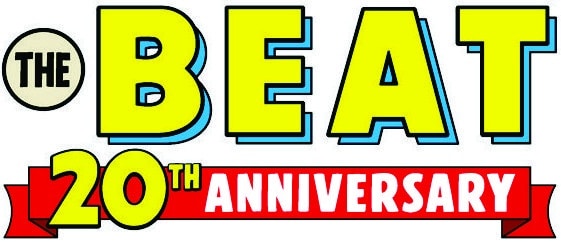

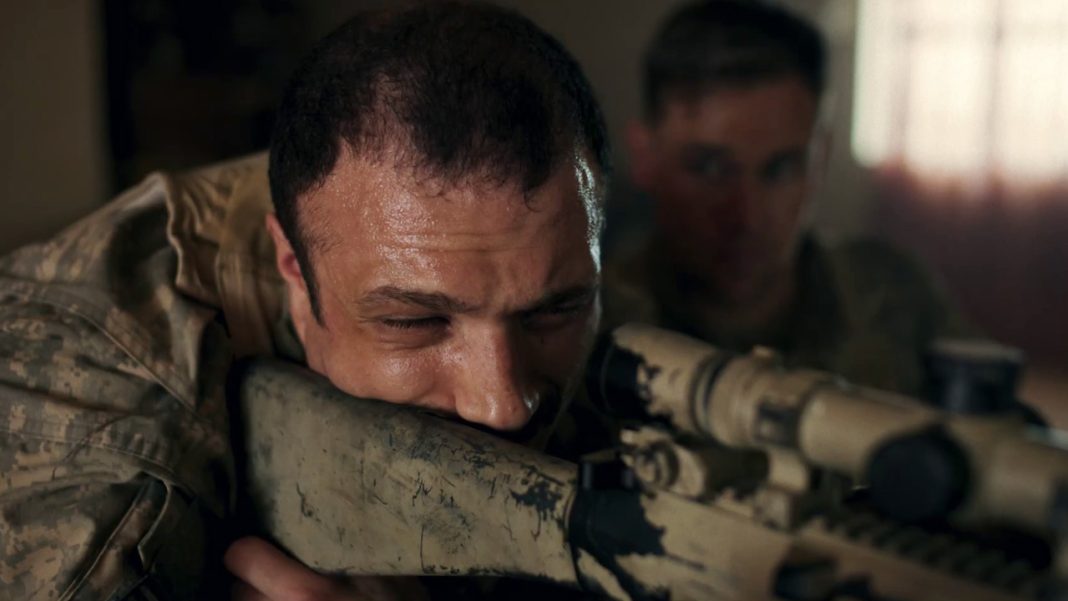

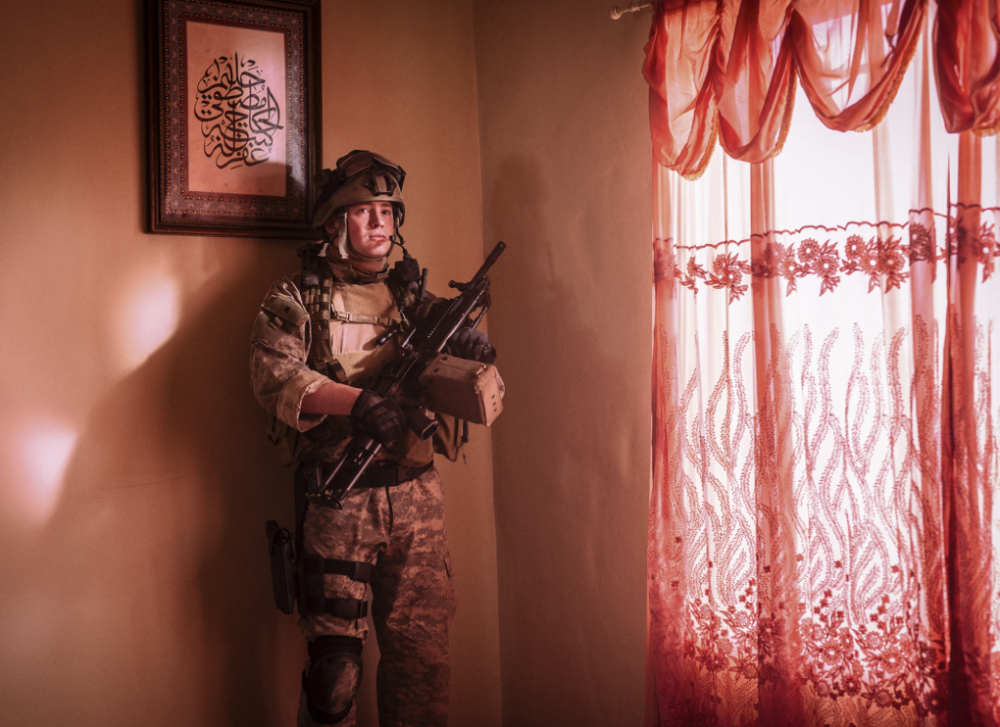
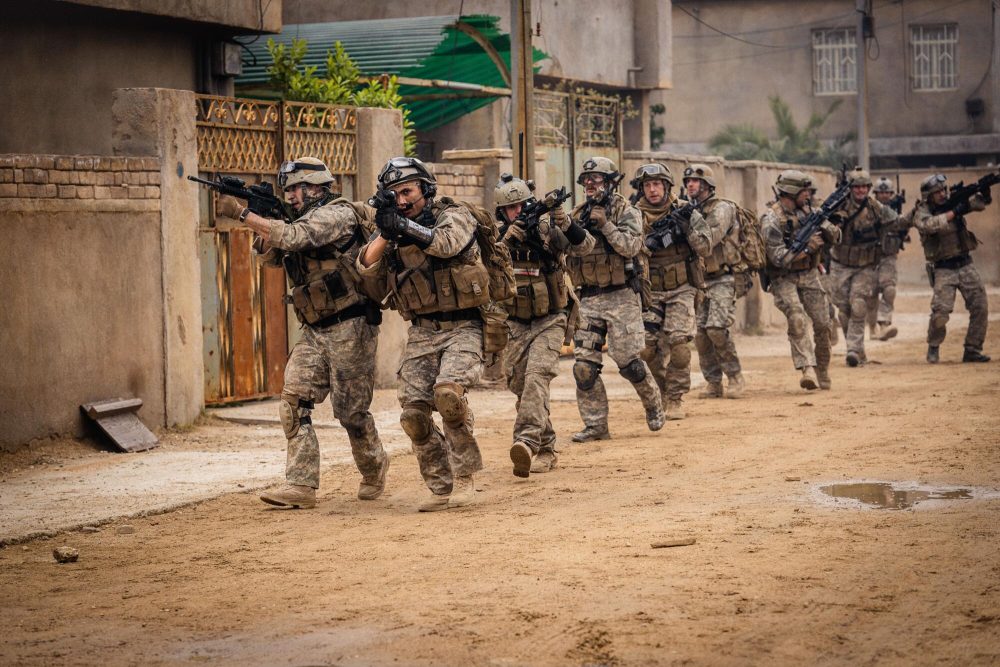

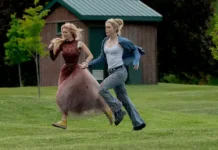







Awful review, it’s not like any other war movie, the sounds are insanely realistic, it’s real war, you never really see anybody get shot, it’s a lot of cover fire, the few explosions are basically jump scares. Look at war veterans who have reviewed this movie, every single one of them say it’s incredibly realistic. The point of this movie is to show just how pointless war is, and I don’t think it could’ve done a better job
Comments are closed.